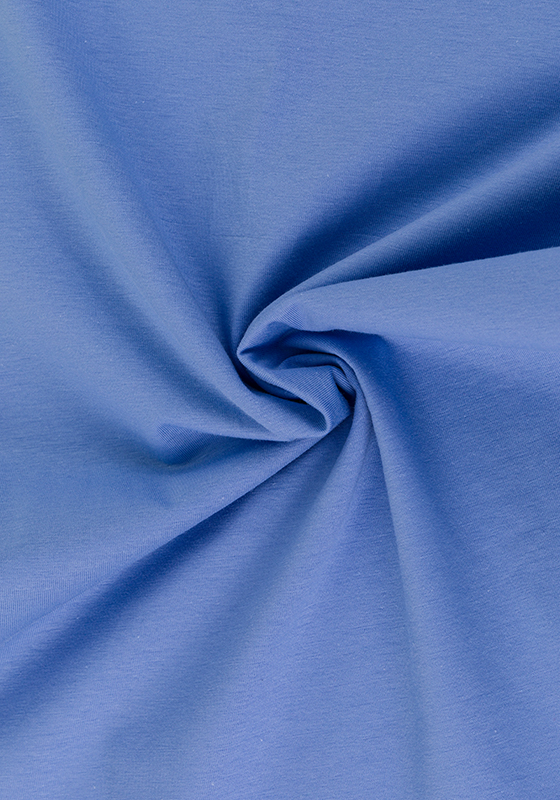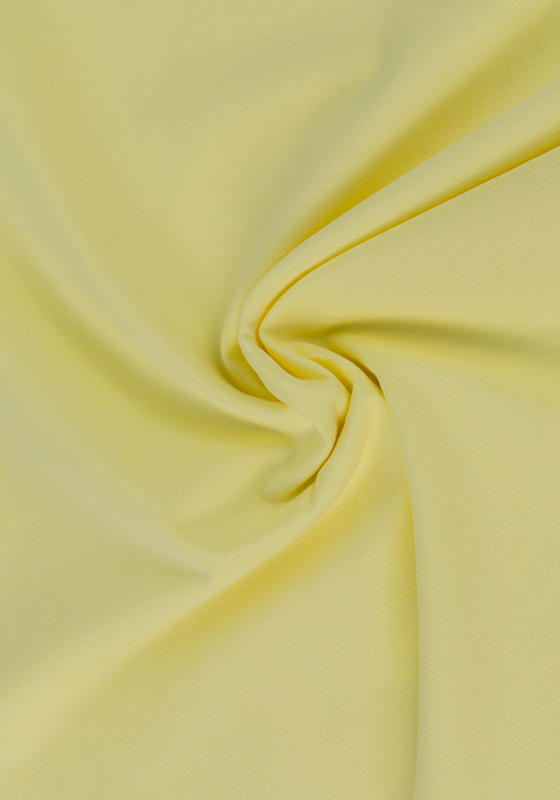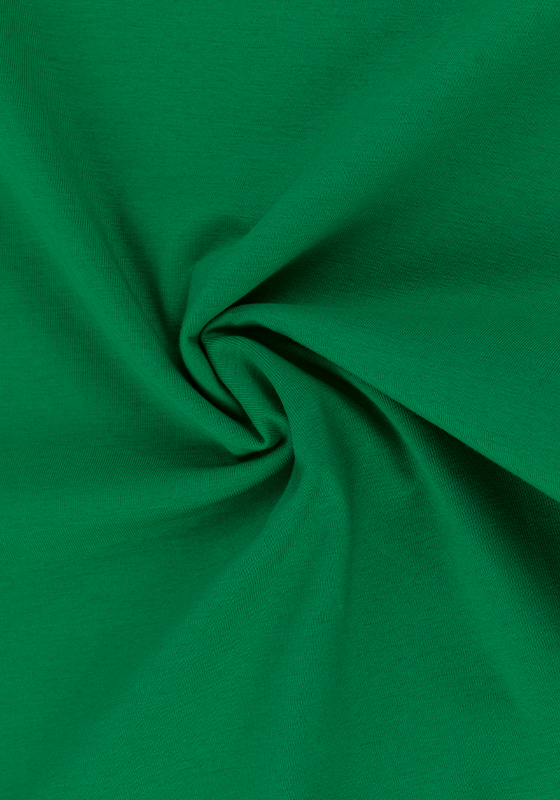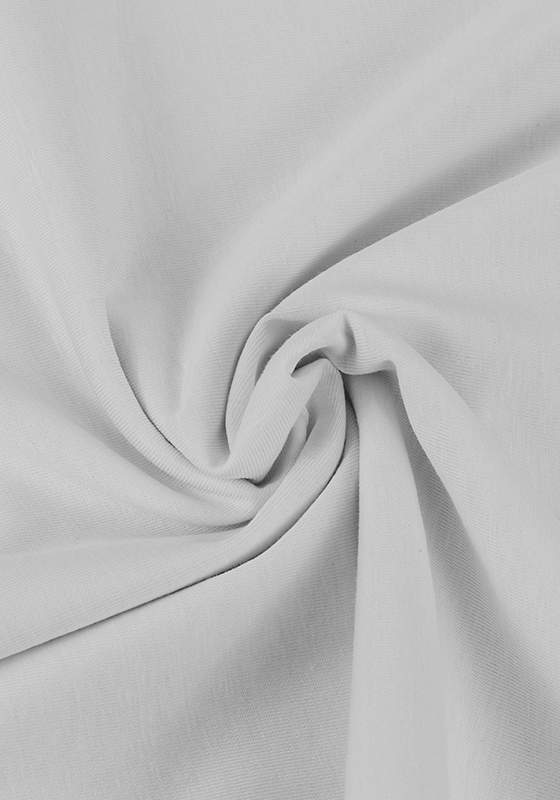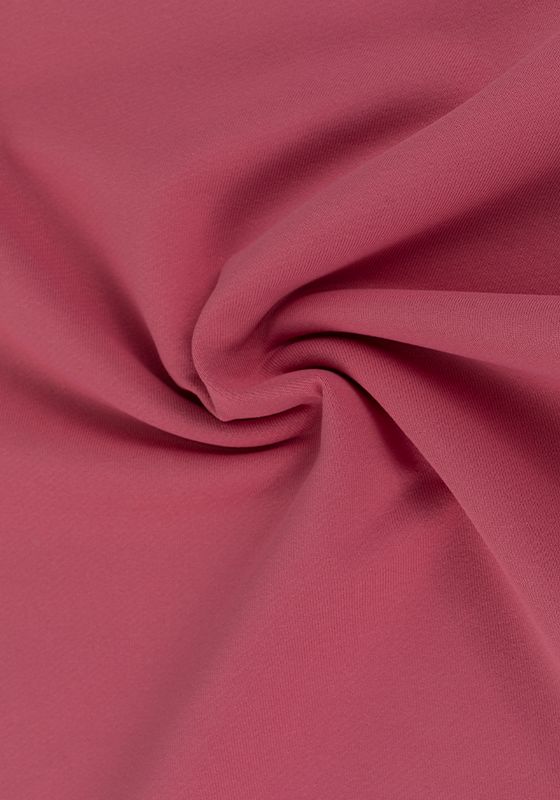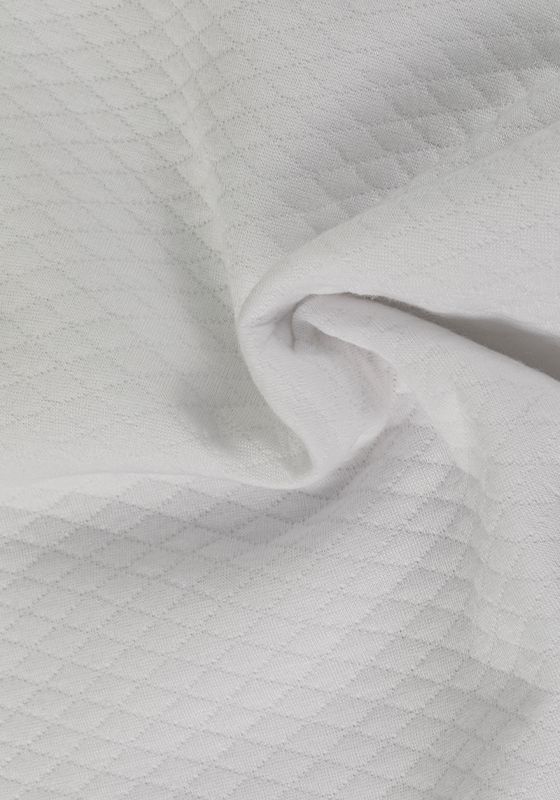Printing and dyeing is a processing method, and it is also a general term for pretreatment, dyeing, printing, washing, and finishing. At present, the development trend of the printing and dyeing industry at home and abroad is high efficiency, energy saving and environmental protection. These three aspects complement each other and are indispensable. China's printing and dyeing industry has developed rapidly, and its processing capacity ranks first in the world. It is already a major textile printing and dyeing production country. However, the improvement of production capacity and economic benefits is not synchronized. The average unit price of exports of major printing and dyeing products is lower than the unit price of imports in the same period, indicating that China's printing and dyeing products are of low grade and low added value; enterprises generally focus on the development of colors and product functions, but ignore the impact of printing and dyeing on the natural environment and society. Influence; most printing and dyeing enterprises mainly process materials and samples, and they are mostly imitating and following in terms of process technology, variety development and operation management. , The development of new equipment, manufacturing precision and accessories, energy saving, environmental protection, after-sales service and other aspects are behind foreign countries.
According to data from the National Bureau of Statistics, from January to December 2021, the cumulative output of printing and dyeing fabrics by enterprises above designated size in the printing and dyeing industry was 60.581 billion meters, a year-on-year increase of 11.76%, and an average two-year increase of 6.15%.
In 2021, the development environment faced by my country's printing and dyeing industry is still complicated. Multiple factors such as epidemics, floods, power and production restrictions, and rising raw material prices will affect the production of printing and dyeing enterprises to a certain extent. However, driven by the gradual recovery of the consumer market and the continuous recovery of terminal demand, the production of the printing and dyeing industry has maintained a good growth trend. The monthly output of printing and dyeing fabrics of enterprises above designated size has remained above 5 billion meters, and the annual cumulative output has exceeded 60 billion meters, a record The best level of the decade.
According to the report "2022-2027 Printing and Dyeing Industry In-depth Research and Future Development Trend Forecast Report" by the China Research Institute of Industry Research, along with the continuous development of China's economy, the continuous improvement of residents' income levels and the change of people's consumption concept, people's clothing consumption will gradually Upgrading, clothing consumption still has a certain potential, it will still maintain strong demand. The prosperity of the clothing consumer market will also be derived from the printing and dyeing processing in the textile industry chain, thereby promoting the development of the printing and dyeing industry.
The printing and dyeing industry planning is based on the principle of improving the quality of printing and dyeing products, implementing energy-saving and consumption-reducing technologies, and strengthening environmental protection, and using modern Internet of Things technology, automation technology, biotechnology and other high technologies as means to develop paint printing and dyeing, micro-suspension printing and dyeing, transfer printing , digital printing and other water-free or low-water printing and dyeing technology, accelerate the research and development and production of ecological textiles and functional textiles; promote environmental protection, energy saving, clean production printing and dyeing processing technology, and realize the pollution prevention and control in the printing and dyeing industry from "end treatment" to "source prevention" Change; strengthen environmental law enforcement, eliminate outdated process equipment and printing and dyeing enterprises with high energy consumption, high pollution and wastewater treatment that fail to meet the requirements.


